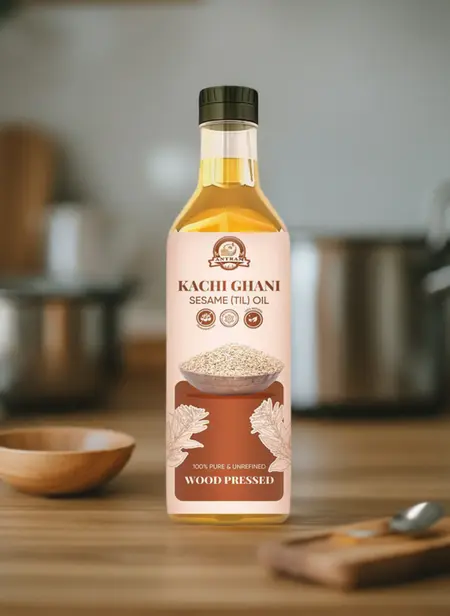Khapli wheat, also known as Emmer wheat or dicoccum, is one of the oldest varieties of wheat, tracing its origins back to ancient civilizations. With a history that spans thousands of years, Khapli wheat has retained a legacy of being nutrient-dense, hardy, and revered for its health benefits. Let’s delve into the fascinating history of Khapli wheat, its ancient roots, and why it has become a sought-after choice for health-conscious individuals today.
The Origins of Khapli Wheat
Khapli wheat (Triticum dicoccum) is believed to have originated in the Fertile Crescent, a region in the Middle East often referred to as the “Cradle of Civilization.” This ancient variety of wheat dates back approximately 10,000 years and was cultivated in the early days of agriculture, even before the development of modern wheat varieties. The early civilizations of Mesopotamia, Egypt, and the Indus Valley relied on Khapli wheat as a staple in their diets, where it was treasured for its high nutritional content and resilience to harsh weather conditions.
The cultivation of Khapli wheat gradually spread across the world, finding its way into the Indian subcontinent, particularly thriving in semi-arid regions like Maharashtra and Karnataka. Over time, it became a staple grain for many communities, especially those relying on organic and sustainable farming practices.
What Makes Khapli Wheat an Ancient Supergrain?
Khapli wheat belongs to a family of ancient grains that have remained largely unchanged over thousands of years. Unlike modern wheat, which has been hybridized and modified to increase yield, Khapli wheat has retained its original structure and nutrients. It has a low glycemic index and is gluten-light, making it suitable for people with mild gluten sensitivity.
1. Nutritional Profile
- Protein and Fiber: Khapli wheat is rich in fiber and contains a good amount of protein, making it a great choice for digestion and weight management.
- Vitamins and Minerals: It provides an excellent source of B vitamins, magnesium, iron, zinc, and antioxidants, which are essential for energy production, immune support, and heart health.
- Low Glycemic Index: Unlike refined wheat, Khapli wheat has a low glycemic index, which means it releases sugar into the bloodstream slowly, helping to manage blood sugar levels.
2. Distinctive Structure and Gluten Content
Khapli wheat contains a unique type of gluten that is easier to digest compared to modern wheat. This gluten, although present, is less likely to cause inflammation and discomfort, especially for those with mild gluten sensitivities. While it may not be suitable for individuals with celiac disease, Khapli wheat can often be an alternative for those seeking a gluten-light option.
Why Choose Ancient Khapli Wheat Today?
As consumers increasingly seek healthier, whole-food options, ancient grains like Khapli wheat are gaining popularity for their nutritional superiority and lower environmental impact. Modern agricultural practices have often stripped crops of their nutritional benefits, but Khapli wheat remains a relatively untouched variety that continues to deliver robust nutrition.
1. Sustainability and Resilience
Ancient varieties like Khapli wheat are typically more resilient to drought and pests, requiring less water and fewer chemical inputs. This makes it an environmentally friendly choice, as it can be cultivated sustainably without intensive agricultural practices.
2. Health Benefits of Khapli Wheat
- Weight Management: Khapli wheat is high in fiber, which promotes satiety and aids in weight management by reducing hunger pangs.
- Heart Health: Its high magnesium and antioxidant content support heart health by reducing the risk of cardiovascular disease.
- Diabetes Management: With its low glycemic index, Khapli wheat helps regulate blood sugar levels, making it a suitable choice for diabetics.
Incorporating Khapli Wheat into Your Diet
Khapli wheat can be used in various culinary preparations. Its nutty flavor and coarse texture lend themselves well to traditional flatbreads, porridges, and baked goods. Khapli atta, or Khapli wheat flour, can be used in everyday cooking, bringing both taste and health to your meals.
Conclusion
The revival of ancient grains like Khapli wheat marks a shift towards a healthier and more sustainable lifestyle. With its ancient roots, nutritional richness, and environmental benefits, Khapli wheat is more than just a grain—it’s a bridge to our past and a promise for a healthier future. Embracing Khapli wheat means connecting with a tradition that has sustained generations and continues to offer nourishment to those who seek a return to pure, unrefined, and wholesome foods.







Leave a comment